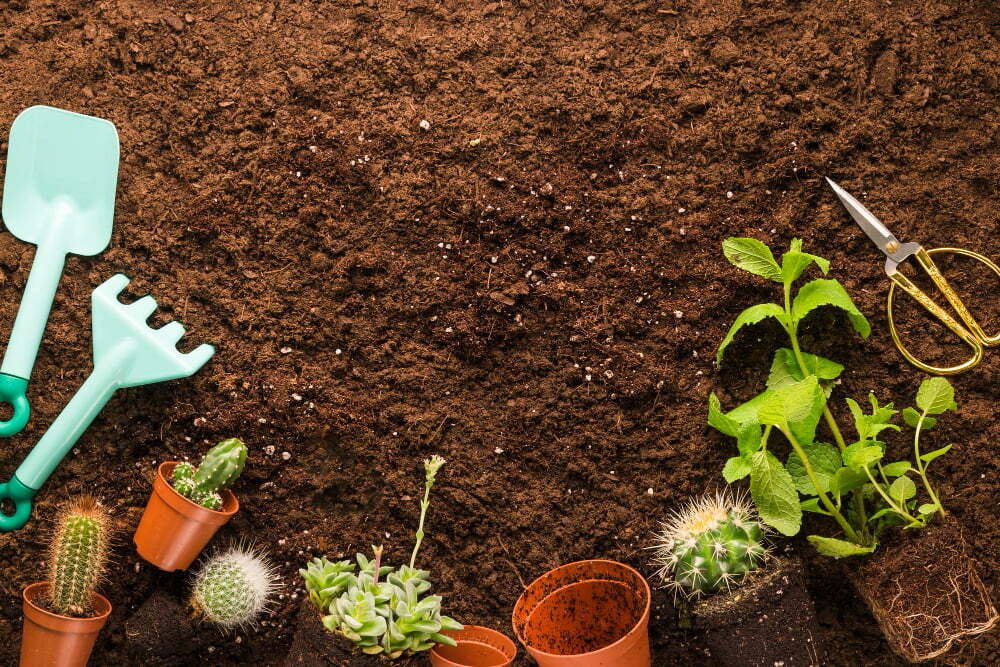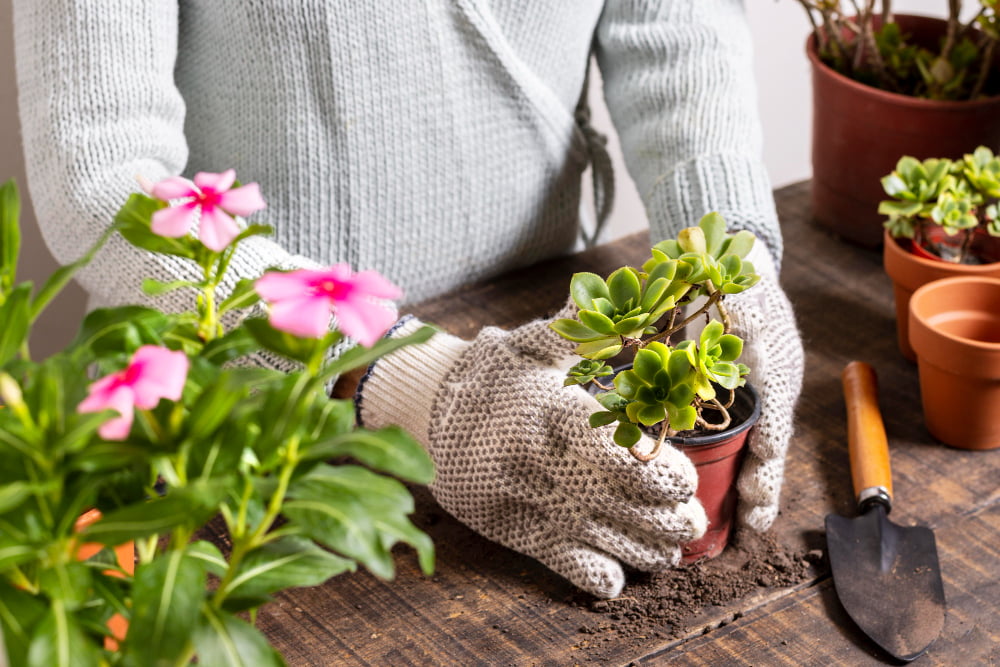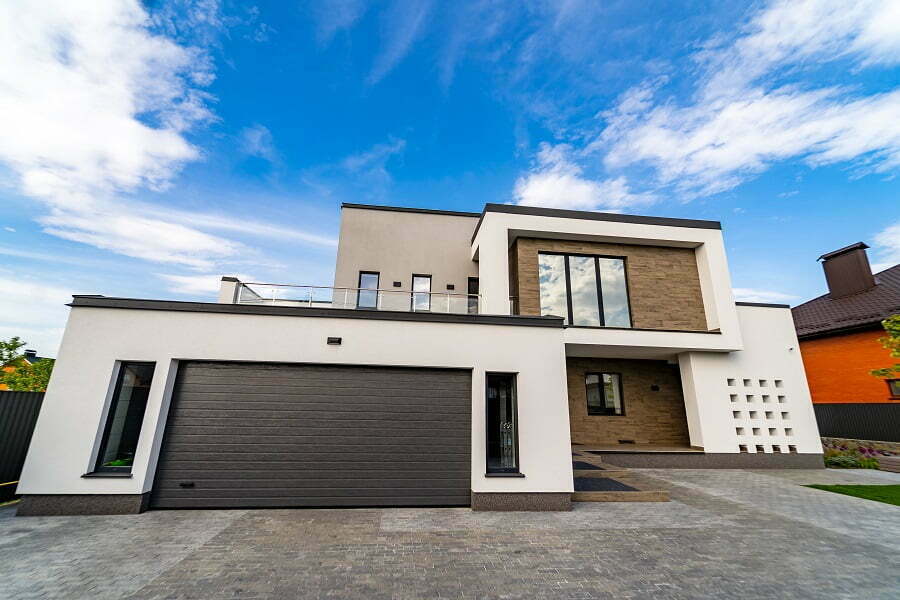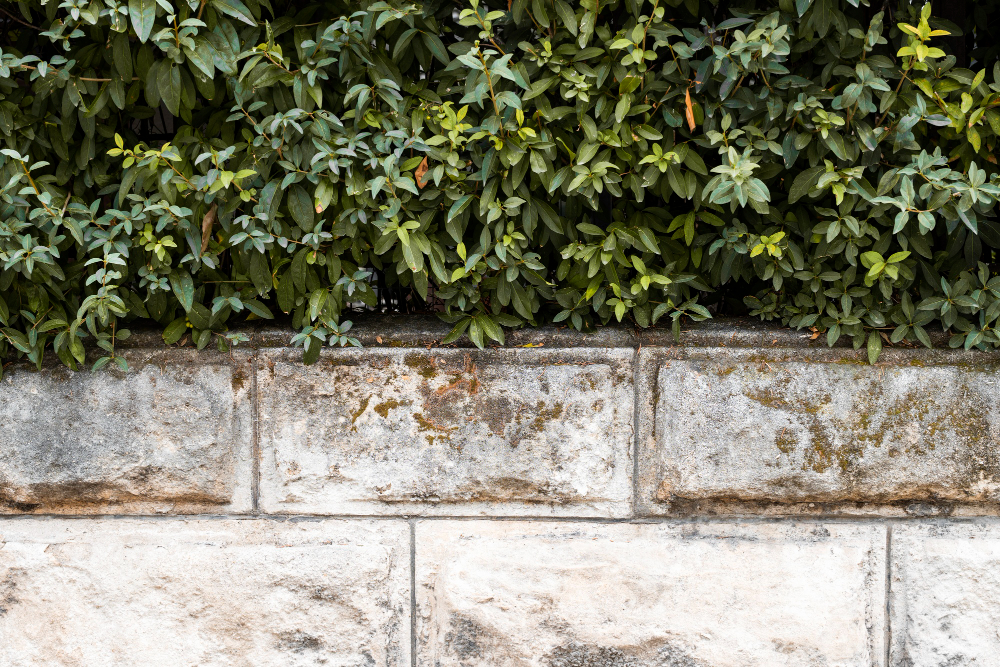Last updated on
Have you ever marveled at lush gardens and vibrant flowerbeds, and thought to yourself, “I wish I could do that”? If you have a passion for plants and want to channel your inner green thumb, gardening might be the perfect hobby for you. Whether you have limited space on a balcony or a sprawling backyard, gardening can be a rewarding and therapeutic experience that brings you closer to nature.
But getting started with gardening can feel impossible, especially if you’re a novice. Fear not! In this article, we’ll provide you with practical and insightful guidance to kickstart your gardening journey and watch your green sanctuary flourish.
Understanding Your Space and Plant Needs

Before you start planting away, it’s crucial to assess your gardening space and understand the needs of the plants you wish to grow. The first step is to observe how much sunlight your chosen area receives throughout the day.
Different plants have varying light requirements, so consider sun exposure when selecting your green companions. Some plants thrive in full sun, while others prefer partial or even full shade.
Next, examine the soil in your garden or planter. The soil is the lifeblood of your plants, providing essential nutrients and water. Conduct a soil test to determine its pH level and nutrient content.
If your soil lacks nutrients, consider enriching it with compost or organic matter. If your space is limited, you can opt for container gardening, where you can control the soil quality more easily.
For those with limited space and in need of extra room for gardening tools and supplies, consider exploring self-storage solutions. If you want to keep your gardening equipment organized and easily accessible, storage for gardening can be an excellent option. It will be allowing you to fully enjoy your gardening experience.
Additionally, think about the climate in your region. Certain plants are better suited for specific climates, so choose varieties that will thrive in your area.
Consider factors such as temperature, humidity, and average rainfall. By understanding your space and plant needs, you’ll set the foundation for a flourishing garden.
Start Small and Pick the Right Plants

While enthusiasm for gardening can make you want to turn your entire yard into a botanical wonderland, it’s essential to start small, especially if you’re a beginner. A small garden plot or a few containers will allow you to manage your garden effectively and learn as you go. As you gain confidence and experience, you can expand your garden gradually.
When selecting plants, opt for beginner-friendly varieties that are resilient and low-maintenance. Some excellent choices for novice gardeners include herbs like mint and basil, salad greens like lettuce and spinach, and flowers like marigolds and petunias. These plants are more forgiving and will give you a sense of accomplishment as you witness their growth.
Remember that each plant has specific needs regarding watering, fertilizing, and pruning. Take the time to research and understand the care requirements for each plant in your garden. By picking the right plants and starting small, you’ll be on your way to cultivating a thriving garden.
Consider Building a Greenhouse
As a beginner in the world of gardening, you might be considering ways to enhance your gardening experience and success. One effective way to do this is by incorporating a greenhouse into your gardening journey.
A greenhouse should complement, not replace, your outdoor gardening efforts. Use it to:
- Propagate Cuttings: Start cuttings in the greenhouse to establish roots before transplanting them outdoors.
- Transition Plants: Gradually acclimate plants to outdoor conditions by moving them outside for part of the day.
- Overwinter Plants: Use the greenhouse to protect sensitive plants or perennials during the colder months.
By incorporating a greenhouse into your gardening, you not only extend your growing capabilities but also add an exciting dimension to your horticultural pursuits. With these tips, you’re well on your way to creating a more diverse and thriving garden.
Master the Art of Watering

Watering is a fundamental aspect of gardening, and getting it right can make a significant difference in the health and growth of your plants. The key to successful watering is finding the right balance. Overwatering can lead to root rot and other fungal diseases, while underwatering can cause your plants to wither and die.
The best approach is to water your plants deeply but infrequently, allowing the soil to dry out slightly between waterings. Invest in a good-quality watering can or hose with a spray nozzle to deliver a gentle and even flow of water. In hot and dry weather, pay extra attention to your plant’s water needs and consider using mulch to retain soil moisture.
Embarking on a gardening journey can be a fulfilling and enriching experience. By mastering the art of watering, and practicing proper plant pruning, you’ll have a strong foundation for cultivating a flourishing and vibrant green space. Remember that gardening is not just about growing plants; it’s also about connecting with nature, learning from the resilience of the plant kingdom, and finding solace in the beauty of the outdoors.
Embrace the learning process, and don’t be afraid to experiment and make mistakes. Your garden will evolve and grow, just like you as a gardener. Happy gardening!
Related reading:
Table of Contents





